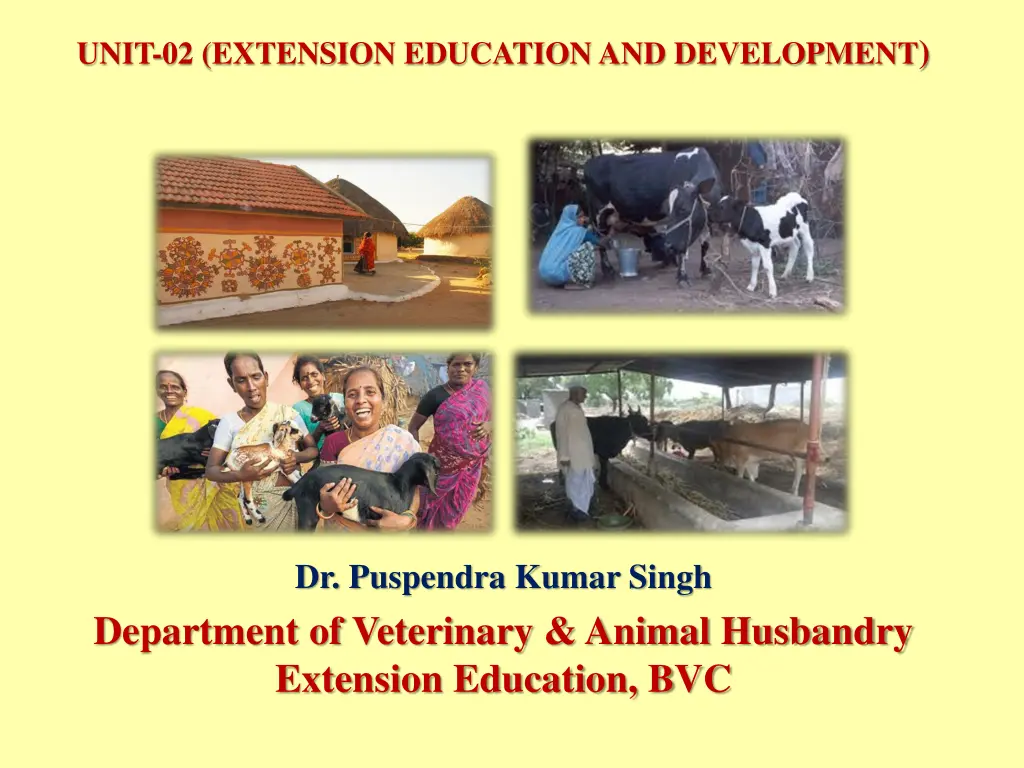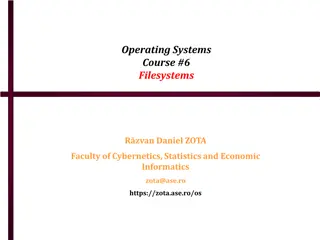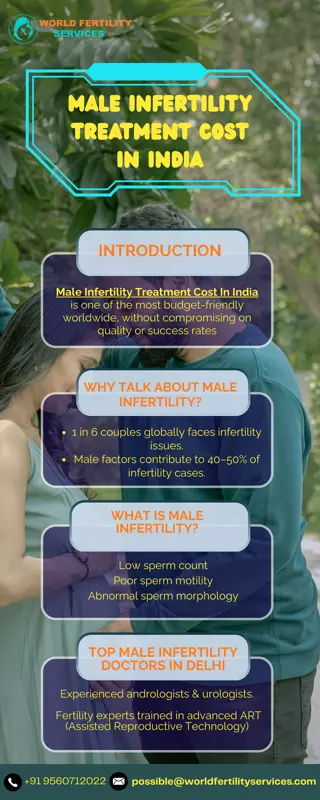
Extension Education and Development in Veterinary & Animal Husbandry
Explore the teaching-learning process in extension education and development, uncovering the essential phases in extension educational processes. Discover the significance of analysis in understanding the situation and guiding educational interventions in veterinary and animal husbandry.
Download Presentation

Please find below an Image/Link to download the presentation.
The content on the website is provided AS IS for your information and personal use only. It may not be sold, licensed, or shared on other websites without obtaining consent from the author. If you encounter any issues during the download, it is possible that the publisher has removed the file from their server.
You are allowed to download the files provided on this website for personal or commercial use, subject to the condition that they are used lawfully. All files are the property of their respective owners.
The content on the website is provided AS IS for your information and personal use only. It may not be sold, licensed, or shared on other websites without obtaining consent from the author.
E N D
Presentation Transcript
UNIT-02 (EXTENSION EDUCATION AND DEVELOPMENT) Dr. Puspendra Kumar Singh Department of Veterinary & Animal Husbandry Extension Education, BVC
Extension Education and Development 3rdYear, VAHEE
Topics covered Teaching Learning Process and Steps in Extension Teaching
Teaching: Teaching is the process of providing situations in which learning takes place. The ultimate purpose of teaching is not merely to inform people but to transform them, to bring about the desired change in their behaviour. If the learner has not learnt, the teacher has not taught. Teaching is not filling a bucket; it is lighting a lamp. Teaching is an intentional or purposeful process, not a hit or miss undertaking. Effective teaching is done according to design, not drift; it is done by plan, not by trial and error. Good teaching, therefore, requires careful planning of content, procedures, methods and techniques. Good teaching is essentially good communication and good communication requires sympathetic sharing, and clear explaining.
Learning: Learning is a process by which a person becomes changed in his behaviour through seIf-activity. Learning is a process of progressive behaviour adaptation. Learning is something that takes place within the learner. It takes place within the individual when he feels a need, strives for fulfilling it, and experiences satisfaction with the fruits of his labour. Learning is the goal of teaching. We must, however, avoid any artificial separation, since teaching and learning are really one process; they are, so to say the obverse and the reverse of the same coin. We can symbolize this interaction as the Teaching < -- > Learning process
Extension Education Process This process has five essential phases in the extension educational process as given in the figure.
Analysis of the situation: This required a large amount of facts about all aspects of the situation. Facts are needed about : The people, their interests, education, what they think they need, their social customs, habits and folkways. The physical situation such as soils, type of farming, markets, size of farms, cropping systems, housing condition, community services and communications. Some of these facts shape up into problems. Other facts show the resources that are available through organizations and agencies. A thorough analysis will examine changing conditions and take a careful look ahead, comparing "what is" with "what should be".
Deciding upon objective: It is necessary to distinguish between levels of objectives by separating the general objectives from the specific or working objectives. The planning process must enable the people to select a limited number of problems and to state their objectives clearly. The solutions to be offered must give satisfaction. Objectives should express the behavioral changes in people as well as the economic or social outcomes which are desired.
Teaching: This involves choosing: (1) The content or what is to be taught and (2) Methods and techniques of communication. The first two phases are inherently teaching opportunities, but now we must create learning situations. We must use different methods of communication to stimulate learning. These will be chosen from mass media, group, and personal methods.
Evaluation: This should determine to what extent objectives have been reached. This will also be a test of how accurately and clearly the objectives have been stated. The process of evaluation may be simple and informal or it may be formal and very complex.
Reconsideration: This step consists of a review of previous efforts and results which reveal a new situation. If this new situation shows the need for further work, then the whole process may begin again, with new or modified objectives. Hence this process is continuous. The new situation is different because: (1) The people have changed; (2) The physical, economic and social changes may have occurred; (3) The extension worker is better prepared to recognize new needs and interests.
In Summary, this concept is intended only to clarify the steps necessary in carrying out a planned educational effort. It is not intended to imply that these steps are definitely separate from each other. Experience shows that planning, learning and evaluation are taking place continuously, in varying degrees, throughout all phases of extension activities
Steps in Extension Teaching: According to Wilson and Gallop the teaching learning process has six steps:
Attention: The first task of the extension worker is to attract attention of the learner to the new and better ideas. Farmers are to be made aware of the improvements .Attention is the starting point to the arousing of interest. Mass methods like radio, television, exhibition etc., and personal contact by the extension worker, contact through local leaders are important at this stage. Interest: Once attention has been captured it becomes possible for the teacher to appeal to the basic needs and arouse his interest in further consideration of the idea. Extension worker reveals how new practice will contribute to the farmer s welfare. The message should be presented attractively. Personal contact by the extension worker, farm publications, radio, television etc., is important at this stage
Desire: The desire is concerned with the continuing learners interest in the idea until that interest becomes a desire or motivating force. The extension worker explains the farmer that the information applies directly to the farmer s situation that the doing of this would satisfy his needs. Field visit, method demonstrations, farm publications, personal contact by extension worker, group discussion etc., are important at this stage Conviction: In this step learner knows what action is necessary, and just how to take that action. He also makes sure that the learner visualizes the action in terms of his own peculiar situation and has acquired confidence in his own ability to do the thing. Field day or field visit, slide show, personal contact by extension worker, and training are important at this stage.
Action: Unless conviction is converted in to action, the efforts are fruitless. It is the job of extension worker to make it easy for the farmers to act. If action does not quickly follow the desire the new idea will fade away. Therefore this phase should never be neglected. Demonstration, personal contact by extension worker, supply of critical inputs, and ensuring essential services are important at this stage. Satisfaction: This is the end product of teaching Process. Follow by the extension worker helps the farmer to learn to evaluate their progress and strengthen satisfaction. Satisfaction helps to continue his action with more confidence. It is the motivating force for further learning. Use of mass media, local leaders and personal contact by extension worker are important at this stage.



